BC Sugar
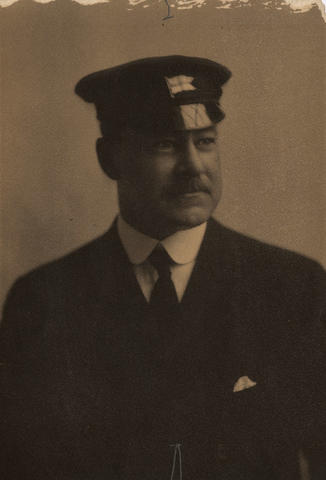
City of Vancouver Archives
The story of Rogers Sugar—whose refinery has been on Vancouver’s waterfront for more than a hundred years—begins away back in 1881 with a 15-year-old kid, Ben Rogers, in E.J. Gay’s Sugar Refinery in New Orleans. Ben’s father Sam was the plant superintendent.
Shortly after young Ben joined the firm, his father became its president. But tragedy followed that triumph quickly when Sam Rogers was injured at the refinery and died in February 1883. Ben gave up the idea of going on to university, left his family in New Orleans and went to work in a refinery in New York City. He was 18.
Rogers (whose full name was Benjamin Tingley Rogers) began to dream about and plan a refinery of his own. It didn’t take long. During a business visit to Montreal, Rogers learned of the completion of the Canadian Pacific Railway. He also learned about the CPR’s western terminus, a tiny place called Vancouver. Vancouver was right across the water from Manila, in the Philippines, the source of most of Canada’s sugar.
In December 1889 Rogers wrote to a potential backer outlining his plan “for a house to melt 40,000 lbs. per day, and requiring a working force of between 12 and 15 men.” (That 40,000 pounds represents a few minutes’ production today, and there are more than 300 employees.)
Rogers went to Montreal to put his plans before William Van Horne, the president of the CPR. He had pledges of more than $50,000 from his employer and other supporters. He, incidentally, had no capital himself—all he had was the dream.
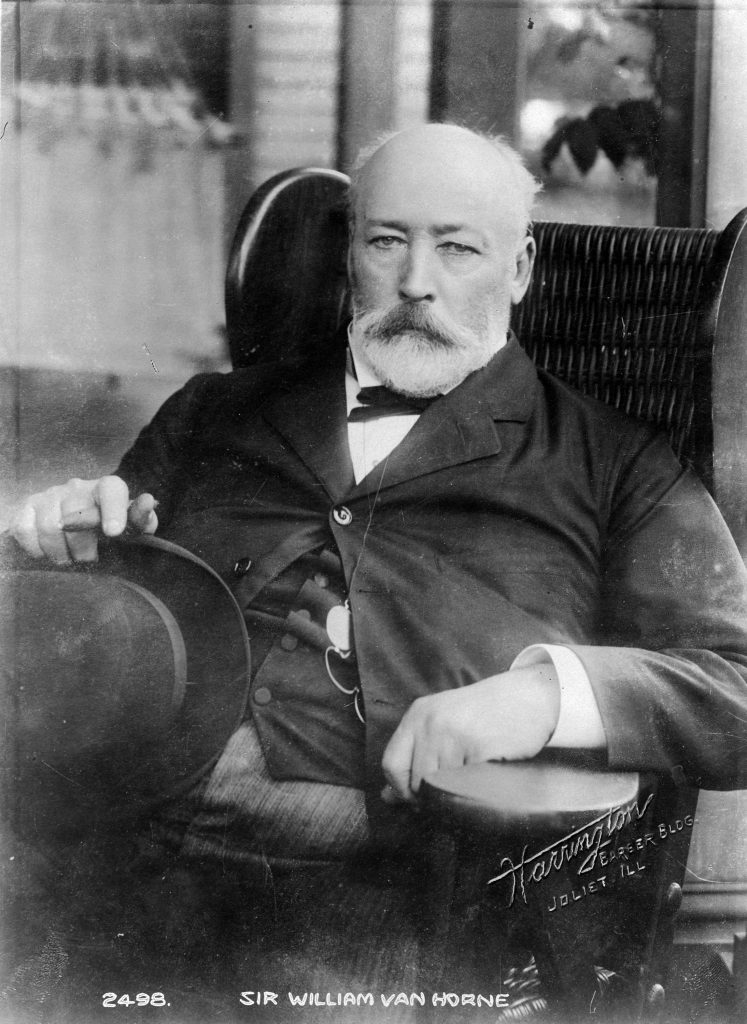
City of Vancouver Archives
With Van Horne was another of the railway’s directors, R.B. Angus, who sat throughout the entire interview without saying a word. But the next day Rogers learned that both Van Horne and Angus would both take shares and that Angus had also interested the other directors. (Angus Drive in Shaughnessy is named for him.)
The dream had become reality: B.C. Sugar was incorporated March 26, 1890. Its president, Benjamin Tingley Rogers, was 24.
Before he put the refinery in, Rogers wanted concessions from the city—a bonus of $40,000, free water for 10 years, and no taxes for 15 years.
The city was young and eager to expand. Boosterism was okay in 1890 Vancouver, and this would be the first major industry in the city not connected to forestry or fishing. That explains the support for the concessions expressed by both daily newspapers in the city, the World and the News-Advertiser. The 182 white male landowners (and white male tenants living on property valued at more than $300) who voted on the question approved it 174 to 8. The bonus approved was for $30,000, given in the form of free land, which the city graded as part of the arrangement.
Just two weeks after Rogers oversaw the first production of sugar at the brand-new plant on the waterfront, he proudly guided a number of local notables through the place. That tour happened January 29, 1891 and the Vancouver Daily World gave it extensive coverage. The “prominent citizens” on that tour included just about everybody who was anybody in the not-quite-five-year-old city. Mayor David Oppenheimer led the party, which included six aldermen, CPR officials, the US consul, bank managers and others. (Incidentally, the first sugar produced was purchased by Mayor Oppenheimer for his Oppenheimer Brothers wholesale food firm. Both companies are still around.)
By 1901 Rogers was prosperous enough to have built in the West End the city’s grandest home, Gabriola. He and his wife Mary moved in July 23, 1901.
Rogers, who died in 1918, aged just 52, would be delighted at the success of the company today. The largest sugar refinery in Canada, it produces granulated sugar, icing sugar, brown sugar, cube sugar, sugar made into syrup—sugar in just about every table-ready form there is, about 240,000 tonnes per year.
The full story of Rogers and his remarkable career can be read in The refiners: a century of BC Sugar by John Schreiner, a solid and very readable history by a longtime journalist.
The Vancouver Heritage Foundation has an interesting brief on-line article on Gabriola.
It reads “In 1911, B.T. Rogers, owner of Rogers Sugar, traveled to Britain for a holiday and fell in love with the English garden aesthetic. Upon his return to Vancouver, he began the search for a large piece of land on which to build a grand home and garden. He hoped to exceed the splendor of his then current residence, Gabriola on Davie Street (now Romano’s Macaroni Grill). In 1912, Mr. Rogers purchased a ten-acre parcel of land on Granville Street to the South of the CPR’s Shaughnessy development. Their nearest neighbor was a dairy farmer by the name of William Shannon, after whom Shannon Road (now 57th Avenue) was named. By 1913, Rogers had contracted the architecture firm of Somerville & Putnam to build a large Beaux Arts style house, coach house and garage. Work on the site began with the construction of the accessory buildings including the accommodation of livestock as well as the planting of a lavish formal garden and vegetable garden. The Parisian firm of L. Alavoine & Co. was retained to design the interiors. Unfortunately, Mr. Rogers died suddenly in the summer of 1918 before the house was complete. His widow, daunted by the scale of the project, did not complete the construction and furnishing of the house until seven years later. At its heyday, Shannon was home to a staff of twelve, and played host to many of Vancouver’s elegant parties. Mrs. Rogers and her children lived in the house until 1935, when it was purchased by Austin Taylor, who lived there until 1965. Local architect Arthur Erickson was retained in 1972 to redevelop the property for a condominium development, but the original structures were preserved in situ and retain much of their original splendor.”
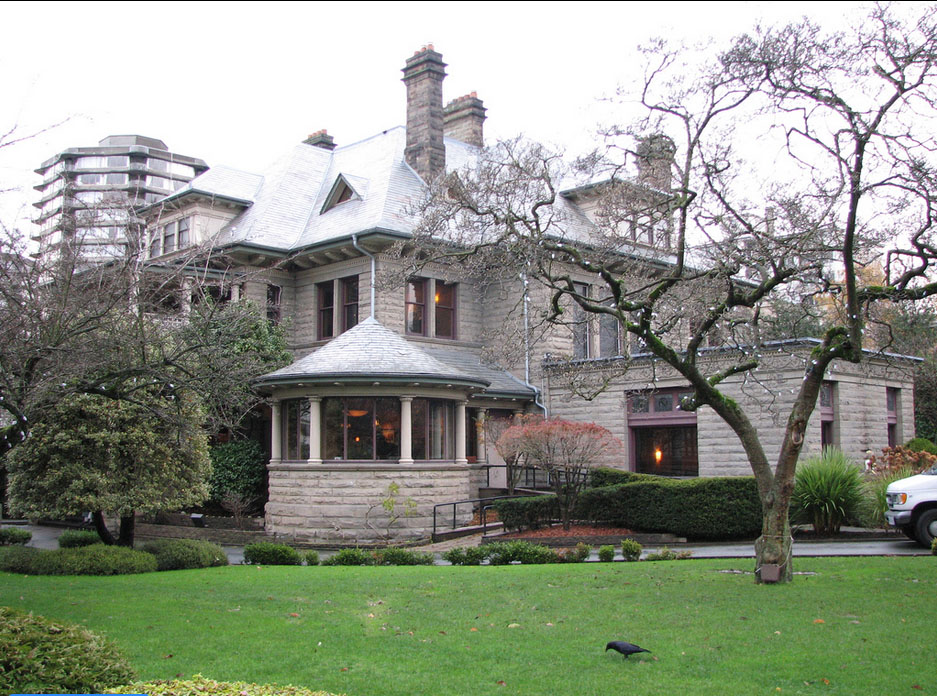
Vancouver Heritage Foundation

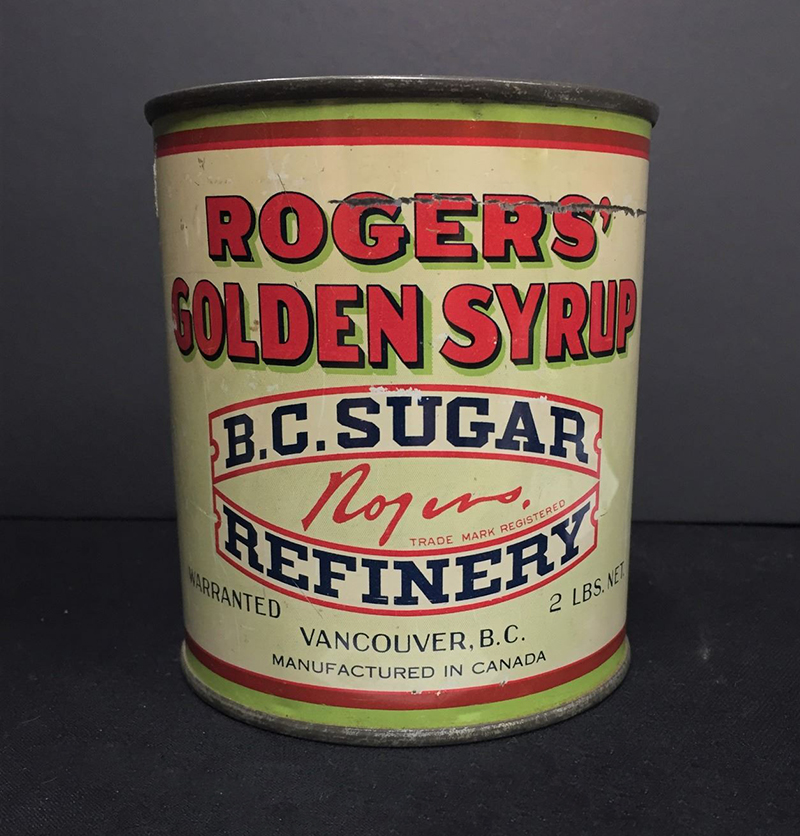
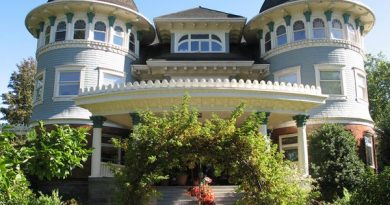
![The Empress, Victoria [Image: Wikipedia]](https://vancouverhistory.ca/wp-content/uploads/2021/01/Fairmont_Empress_Victoria_British_Columbia_Canada_08-390x205.jpg)
